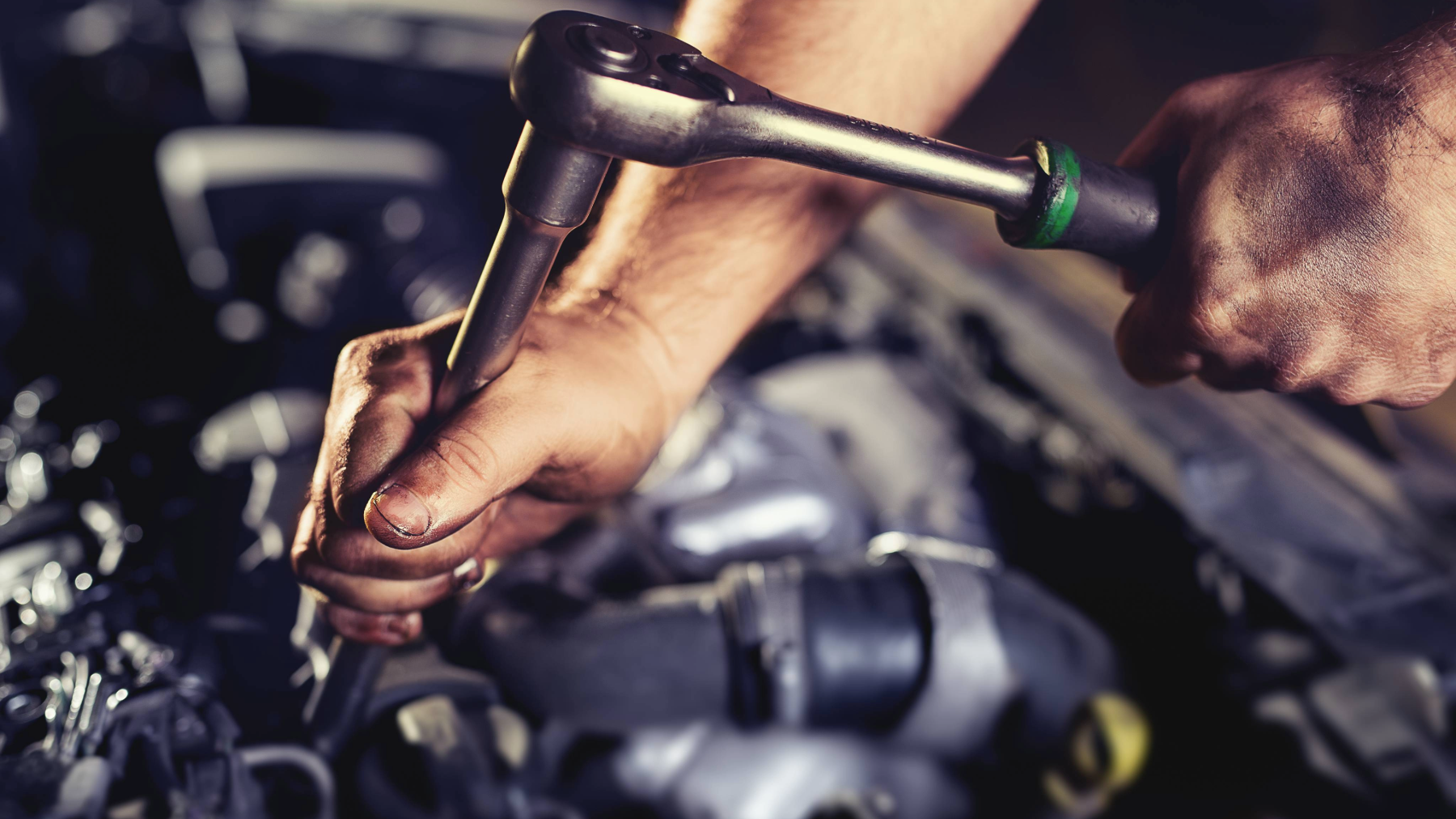This owner-operator fuel efficiency guide highlights key fuel-saving practices – from driving habits to maintenance routines – to help you reduce fuel consumption and operate your truck more efficiently.
1. Essential fuel-saving tips every owner-operator should know
Small changes can lead to big savings. Director of Fuel at CRST, Bret McKinney, suggests several impactful strategies for owner-operators:
- Control your speed: Driving above your truck’s optimal speed (often around 62 mph) can consume additional fuel. For every 1 mph over your ideal speed, you could lose about 0.1 mpg.
- Use cruise control: Consistent speed helps save as much as 0.2 mpg.
- Smooth acceleration and braking: Gradual acceleration and avoiding hard brakes minimize fuel waste.
- Reduce unnecessary miles: Plan your routes to avoid out-of-route miles, which cost between $0.50 to $0.80 per mile.
Keep these habits in mind – they’re small adjustments that can add up to a big impact on your bottom line.
2. Can driving habits really affect fuel usage?
Yes, your driving behavior can play a significant role in your truck’s fuel efficiency. Here are common driving habits that lead to higher fuel consumption and ways to improve them:
- Speeding: Faster speeds burn more fuel. Instead of speeding, aim to stay in your truck’s fuel efficiency “sweet spot.”
- Frequent stops and starts: Sudden braking and starting from a complete stop are less efficient than decelerating gently and using momentum. McKinney advises coasting whenever possible, especially when slowing down for an exit.
- Over-revving the engine: Progressive shifting – shifting at lower RPMs – can save fuel. Today’s trucks are powerful enough to get up to speed without high RPMs.
Every improvement in driving habits, however small, keeps fuel consumption manageable and helps you maximize efficiency.
3. Routine maintenance and its role in fuel efficiency
Truck maintenance is critical to prevent fuel waste and improve your mileage. Neglecting regular upkeep can take a toll on both your operations and your wallet.
Tire inflation matters
Underinflated tires reduce fuel efficiency and can increase the likelihood of blowouts. Keep an eye on both truck and trailer tire pressure – it directly influences your mileage.
Preventive maintenance goes a long way
Well-maintained trucks perform more efficiently. Components like filters, brake and cooling systems should function properly to avoid strain on your engine, which can lead to fuel inefficiency.
“The different parts of your truck all work together. A weak link can have an adverse effect on fuel and other areas.”
McKinney emphasizes, “The different parts of your truck all work together. A weak link can have an adverse effect on fuel and other areas.”
4. The importance of route planning
Good planning can help drivers avoid fuel-draining situations like stop-and-go traffic.
“I think it’s obvious to most people that stop-and-go traffic is not good for fuel efficiency,” McKinney says. “This includes large urban areas, but can also apply to smaller highways that require frequent stopping or slowing down for towns.”
Even weather plays a role. “Surprisingly, outside temperatures also factor into fuel economy somewhat. Cold air is denser than warm air,” he said.
During winter, consider southern routes where possible, assuming mileage differences are minimal and don’t add significant out-of-route miles.
5. What about idling?
Idling may seem harmless, but it is a significant fuel waster. On average, a truck burns 1 gallon of fuel per hour while idling. Over a year, this can cost over $10,000.
When should you idle? Extreme temperatures may require idling to maintain safety for the driver and the truck. If cold weather threatens engine and fluid integrity, occasional idling may be unavoidable.
On the other hand, leaving your truck running in mild temperatures isn’t necessary and likely wastes fuel. Additionally, if you turn your engine off during loading or unloading, you can make a difference in your fuel consumption over time.
Investing in alternatives like diesel bunk heaters or battery-powered air conditioning units can save on idling costs in the long run.
6. Truck specifications that boost fuel efficiency
Choosing the right truck plays a significant role in long-term fuel savings. When buying or leasing, consider these factors:
- Transmission type: Automated manual transmissions have been shown to optimize fuel efficiency compared to fully manual options.
- Low rolling-resistance tires: These tires strike a balance between tread life and fuel savings.
- Aerodynamics: Trucks with good aerodynamic designs and minimized tractor-trailer gaps are more fuel-efficient.
- Engine power: Select an engine with adequate horsepower for your needs – but avoid overpowered options, as they consume more fuel. McKinney stresses that balancing these specifications ensures efficiency without sacrificing performance.
Drive smarter, save more
Fuel efficiency isn’t just about saving money – it’s about running a more sustainable and successful business. From adapting driving habits to optimizing maintenance and planning routes, small changes add up to substantial savings over time.
One more smart step to take as an owner-operator? Partner with CRST to make your life a little easier. Learn more about becoming an owner-operator with CRST and see how we can support your journey to success.





